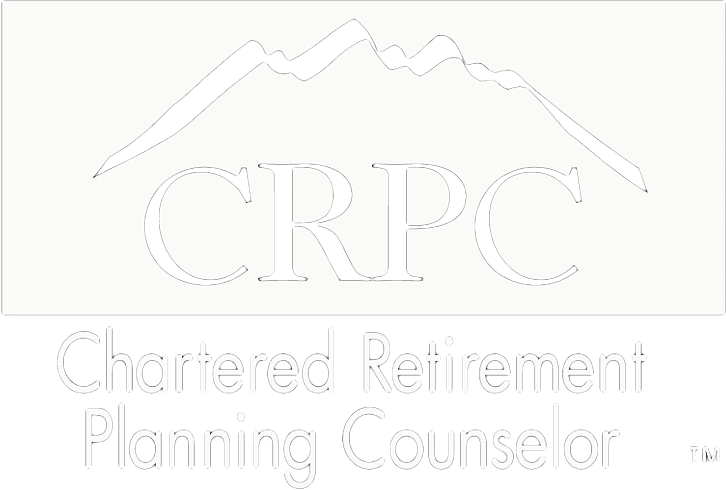
Paying off debt is a major financial accomplishment, and while it might take some patience, there are a few good strategies to help you get ahead of your debt and not fall behind.
Two of the most common debt repayment strategies are the avalanche and the snowball methodologies. Let’s learn about both to help you understand how they can help you pay off debt.
What is an Avalanche Debt Repayment Strategy?
An avalanche debt repayment strategy is a slow-but-steady way to pay off your debt in which you set aside a debt repayment amount every month, make the minimum payments on all your debts and then use the leftover money to pay off your higher-interest debt as quickly as possible.
For example, let’s say you have $5,000/month to devote to paying off debt and you have the following debts:
- $12,000 of credit card debt with a 19% APR
- An $8,000 car loan with a 4% APR
- $15,000 in student loans with a 3% APR
With the avalanche repayment method, you would make the minimum payments on the car loan and the student loans and use the rest of the earmarked funds to pay off the credit card debt as soon as possible because it has the highest APR.
With this method, you can potentially save on interest because you are paying off the most expensive loans first.
What is a Snowball Debt Repayment Strategy?
A snowball debt repayment tackles one debt at a time, starting with the smallest loan so you can get it off your plate sooner. In the above scenario, you would pay off the car loan first since you owe the smallest amount, then tackle the rest of the debt.
This strategy may seem appealing for individuals who want to see the results of their actions sooner, but you may end up paying more in interest because you may have the high-interest loans for longer.
Avalanche vs Snowball Debt Repayment: Which is Better?
Both avalanche and snowball debt repayment options are great ways to encourage people to pay off debt, and they both have their pros and cons. The strategy that’s right for you will depend on your own unique financial situation, your loans, and your personality and motivations.
Pros & Cons of Avalanche Debt Repayment
Here are some of the benefits and considerations for the avalanche debt repayment method:
Pros
The main benefit of an avalanche debt repayment strategy is that you may save on interest. In the above example, you could potentially save hundreds of dollars compared to the snowball debt repayment because you are ridding yourself of the high-interest loan as soon as possible with extra funds.
Cons
The avalanche debt repayment strategy may be hard for individuals who are motivated by instant gratification. Because you are taking longer to pay off individual loans, it may feel like you aren’t making as substantial of progress.
Pros & Cons of Snowball Debt Repayment
Here are some of the benefits and considerations of the snowball debt repayment method:
Pros
Paying off debt feels great. Because this strategy focuses on smaller amounts first, it can be a good motivator for individuals who enjoy seeing their hard work pay off sooner.
Cons
Because this method focuses on smaller loans first, rather than loans that have the highest interest rates, it may end up costing more in the long run and extending the life of the loan because of the higher interest rates. For individuals who want to pay the least amount of interest as possible, the snowball debt repayment method might not be the best option.
Whether you use the avalanche or snowball debt repayment method (or a mix of the two), paying off debt is a healthy and responsible financial strategy. If paying off debt is one of your financial goals, talk to your financial advisor to help create a realistic plan. Feel free to...
This content is developed from sources believed to be providing accurate information. The information in this material is not intended as investment, tax, or legal advice. It may not be used for the purpose of avoiding any federal tax penalties. Please consult legal or tax professionals for specific information regarding your individual situation. The opinions expressed and material provided are for general information, and should not be considered a solicitation for the purchase or sale of any security. Digital assets and cryptocurrencies are highly volatile and could present an increased risk to an investors portfolio. The future of digital assets and cryptocurrencies is uncertain and highly speculative and should be considered only by investors willing and able to take on the risk and potentially endure substantial loss. Nothing in this content is to be considered advice to purchase or invest in digital assets or cryptocurrencies.
Enjoying Escient Financial’s Insights?
The weekly newsletter is usually delivered to your email inbox Friday or Saturday, and includes:
- the latest Escient Financial Insights articles
- a brief of the week's important news regarding the markets
- recommended third-party reads
- selected Picture of the Week
Escient Financial does NOT sell subscriber information. Your name, email address, and phone number will be kept private.
















